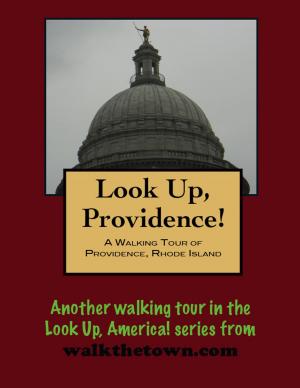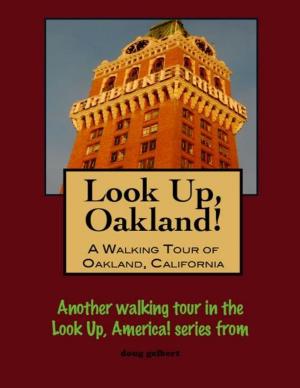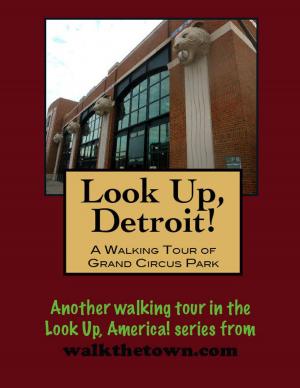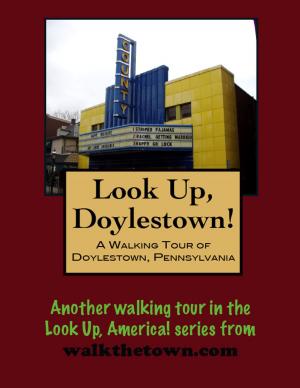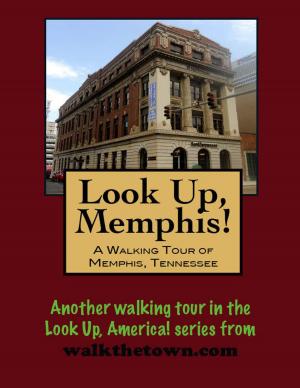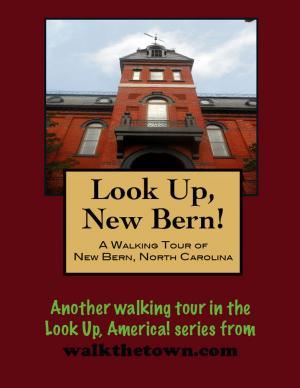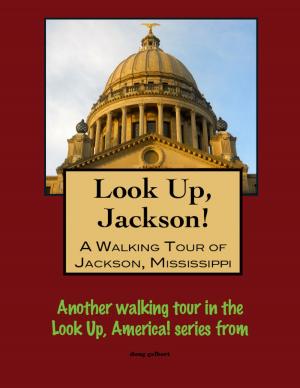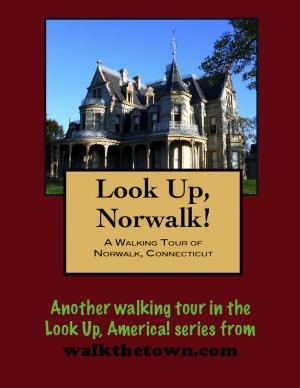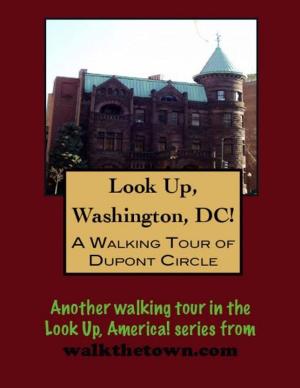A Walking Tour of Miami Beach, Florida
Nonfiction, Art & Architecture, Architecture, Travel, United States| Author: | Doug Gelbert | ISBN: | 9781466082694 |
| Publisher: | Doug Gelbert | Publication: | July 1, 2011 |
| Imprint: | Smashwords Edition | Language: | English |
| Author: | Doug Gelbert |
| ISBN: | 9781466082694 |
| Publisher: | Doug Gelbert |
| Publication: | July 1, 2011 |
| Imprint: | Smashwords Edition |
| Language: | English |
There is no better way to see America than on foot. And there is no better way to appreciate what you are looking at than with a walking tour. Whether you are preparing for a road trip or just out to look at your own town in a new way, a downloadable walking tour is ready to explore when you are.
Each walking tour describes historical and architectural landmarks and provides pictures to help out when those pesky street addresses are missing. Every tour also includes a quick primer on identifying architectural styles seen on American streets.
The first vision anyone had for the development of the barrier island across Biscayne Bay was as a coconut farm. Charles and Henry Lum bought up land in what would one day be known as South Beach and built the first house on the island in 1886. About 10 years later Henry Flagler's great Florida East Coast Railway rolled into the area and entrepreneurs began to see that the island's 15 miles of sparkling white sand beaches might be put to a better use than as a cocunut grove.
John Collins, Carl Fisher, and brothers John N. and James E. Lummus, began gobbling up land on the island around 1910 and in 1915 they incorporated the town and created the city of Miami Beach. The 1920s brought the first tidal wave of money onto the island. Titans of industry with names such as Firestone and Penney and Champion built mansions on what would come to be known as Millionaire's Row. A trolley linked Miami Beach to the mainland. Pastimes for the wealthy northern visitors such as a golf course and greyhound racing were established. By the end of the decade Miami Beach was entrenched as one of the great American beach resort towns.
The hotels and surrounding structures that went up to accommodate this tourist trade were designed to foster Miami Beach's image as a "tropical playground." In the 1920s most of the buildings were fashioned in an Old World Mediterranean style that was guaranteed to appear exotic to the denizens of crowded industrial cities up north. In the 1930s the architecture shifted to the fanciful Art Deco style with buildings dressed in vibrant colors and illuminated in stylish neon. Miami Beach has the largest collection of Art Deco architecture in the world.
In 1979 Miami Beach's Art Deco Historic District was listed on the National Register of Historic Places. There are more than 800 contributing structures in the district including hotels, apartments and other structures, most raised between 1923 and 1943. We will see more than 50 on our walking tour, all decked out with variations of sleek curves, eyebrow windows, glass blocks, spires, ship-like railings, gleaming chrome, porthole windows and other imaginative affectations. But before we start looking at buildings we'll begin on a strip of land that has been a park for almost 100 years and where you can see something more famous than Miami Beach's Art Deco hotels - the beach...
There is no better way to see America than on foot. And there is no better way to appreciate what you are looking at than with a walking tour. Whether you are preparing for a road trip or just out to look at your own town in a new way, a downloadable walking tour is ready to explore when you are.
Each walking tour describes historical and architectural landmarks and provides pictures to help out when those pesky street addresses are missing. Every tour also includes a quick primer on identifying architectural styles seen on American streets.
The first vision anyone had for the development of the barrier island across Biscayne Bay was as a coconut farm. Charles and Henry Lum bought up land in what would one day be known as South Beach and built the first house on the island in 1886. About 10 years later Henry Flagler's great Florida East Coast Railway rolled into the area and entrepreneurs began to see that the island's 15 miles of sparkling white sand beaches might be put to a better use than as a cocunut grove.
John Collins, Carl Fisher, and brothers John N. and James E. Lummus, began gobbling up land on the island around 1910 and in 1915 they incorporated the town and created the city of Miami Beach. The 1920s brought the first tidal wave of money onto the island. Titans of industry with names such as Firestone and Penney and Champion built mansions on what would come to be known as Millionaire's Row. A trolley linked Miami Beach to the mainland. Pastimes for the wealthy northern visitors such as a golf course and greyhound racing were established. By the end of the decade Miami Beach was entrenched as one of the great American beach resort towns.
The hotels and surrounding structures that went up to accommodate this tourist trade were designed to foster Miami Beach's image as a "tropical playground." In the 1920s most of the buildings were fashioned in an Old World Mediterranean style that was guaranteed to appear exotic to the denizens of crowded industrial cities up north. In the 1930s the architecture shifted to the fanciful Art Deco style with buildings dressed in vibrant colors and illuminated in stylish neon. Miami Beach has the largest collection of Art Deco architecture in the world.
In 1979 Miami Beach's Art Deco Historic District was listed on the National Register of Historic Places. There are more than 800 contributing structures in the district including hotels, apartments and other structures, most raised between 1923 and 1943. We will see more than 50 on our walking tour, all decked out with variations of sleek curves, eyebrow windows, glass blocks, spires, ship-like railings, gleaming chrome, porthole windows and other imaginative affectations. But before we start looking at buildings we'll begin on a strip of land that has been a park for almost 100 years and where you can see something more famous than Miami Beach's Art Deco hotels - the beach...

